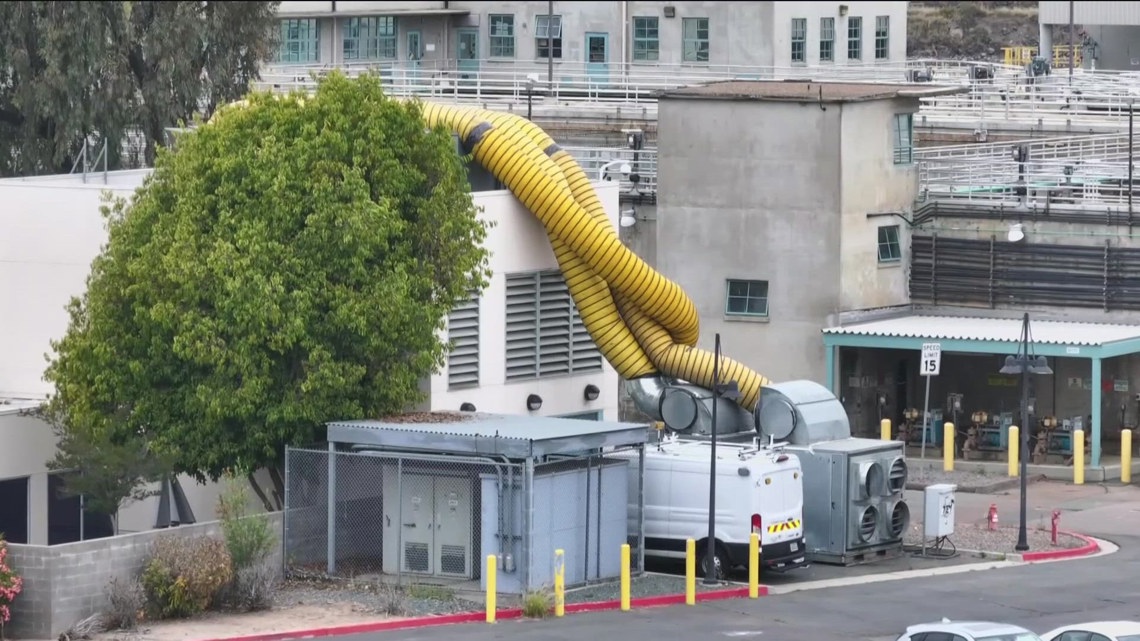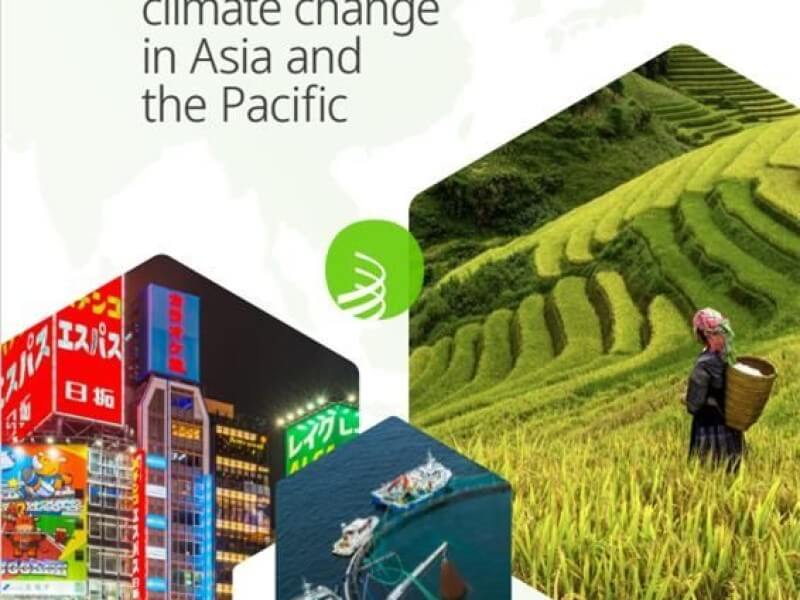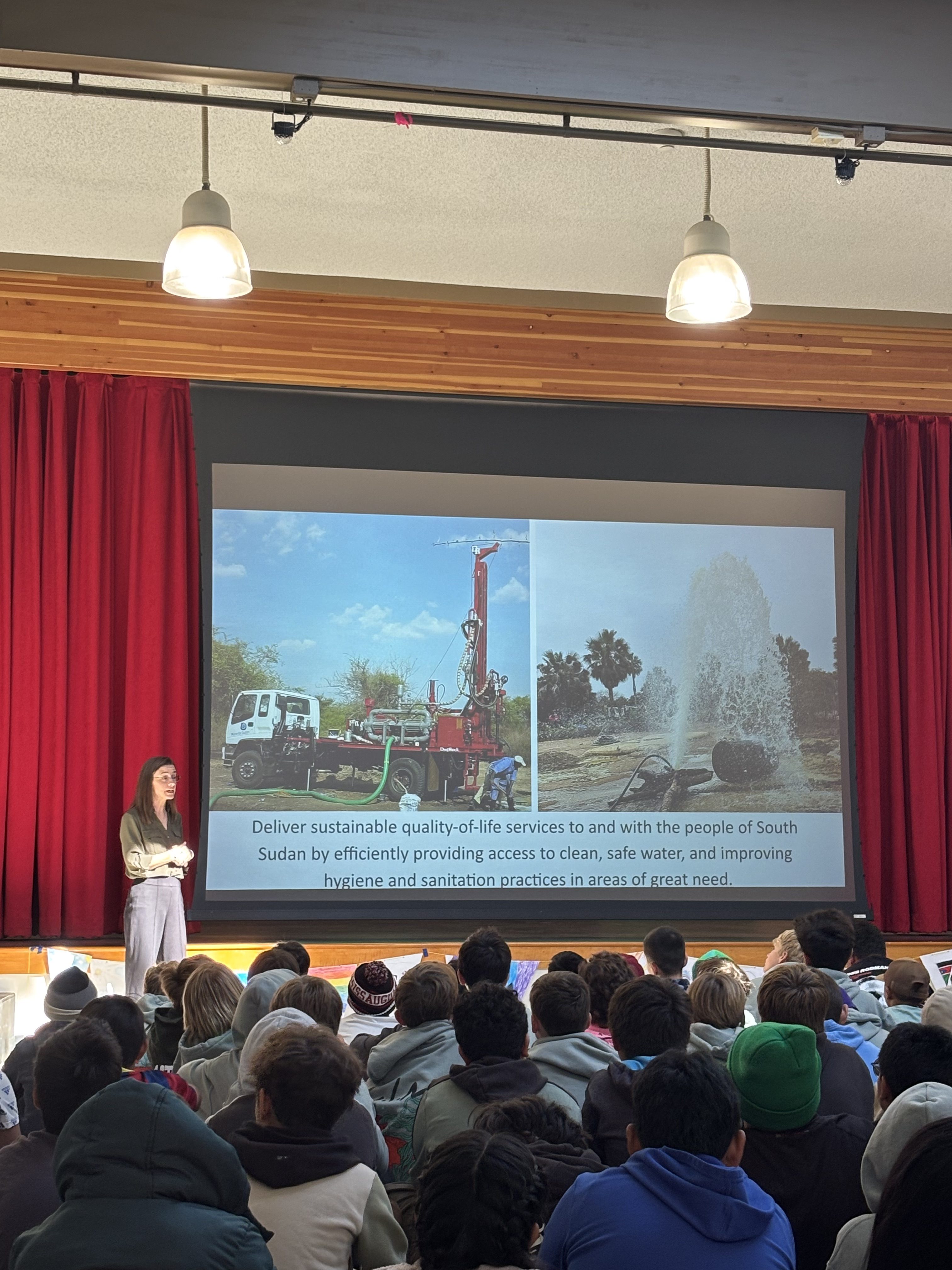Report on Water Hyacinth’s Impact on Water Quality in Lake Victoria and its Relation to Sustainable Development Goals
Introduction
The invasive aquatic plant, water hyacinth (Eichhornia crassipes), poses a significant environmental challenge in Lake Victoria, Africa, with direct implications for several United Nations Sustainable Development Goals (SDGs). While its dense growth creates navigational hazards and anoxic conditions, its potential for phytoremediation—the use of plants to remove pollutants from water—is a subject of scientific inquiry. This report summarizes a 2023 study published in Frontiers in Water that investigated the local-scale impacts of water hyacinth on water quality in the hypereutrophic Winam Gulf, framing the findings within the context of achieving SDG 6 (Clean Water and Sanitation), SDG 14 (Life Below Water), and SDG 15 (Life on Land).
Research Methodology
A comprehensive study was conducted to assess the phytoremediation potential of water hyacinth under varying environmental conditions and densities.
- Study Period: The research involved three in situ experiments conducted over 1.5 years (2016-2017).
- Experimental Design: Each experiment was conducted over a two-week period, manipulating water hyacinth density to observe its effects.
- Seasonal Variation: The experiments were timed to capture different lake conditions:
- Wet Season 2016 (WET16): Lower hyacinth concentrations.
- Wet Season 2017 (WET17): Lower hyacinth concentrations.
- Dry Season 2017 (DRY17): Very dense hyacinth coverage.
- Water Quality Parameters Measured: A multiparameter sonde and laboratory analysis were utilized to measure key indicators relevant to water safety and ecosystem health. These included:
- Nutrient concentrations (Nitrogen and Phosphorus)
- Biochemical parameters (Chlorophyll a, cyanotoxins, and 11 congeners of microcystins)
- Fecal contamination indicators (Fecal coliforms and E. coli)
Key Findings and Results
The study revealed a complex relationship between water hyacinth density and water quality, indicating that its role is highly dependent on scale and environmental context rather than being a simple solution for pollution.
- Overall Water Quality: The results did not demonstrate an “overwhelming improvement in water quality with increasing water hyacinth density.”
- Biochemical Parameters: Concentrations of biochemicals, including harmful cyanotoxins, were lowest during the DRY17 experiment when hyacinth coverage was at its highest, suggesting some potential for mitigating algal bloom toxins under specific conditions.
- Fecal Parameters: Fecal coliform levels were lowest during the WET17 experiment.
- Impact of Small-Scale Removal: The localized removal of hyacinth mats led to a measurable decrease in total microcystins and coliforms, indicating that targeted management could yield positive results.
- Study Conclusion: The phytoremediation potential of water hyacinth is significantly influenced by the magnitude of scale, seasonal conditions like rainfall, and the initial concentration of the plant itself.
Implications for Sustainable Development Goals (SDGs)
The management of water hyacinth in Lake Victoria is directly linked to the successful achievement of several critical SDGs.
SDG 6: Clean Water and Sanitation
The study’s focus on eutrophication, cyanotoxins, and fecal contamination directly addresses Target 6.3, which aims to improve water quality by reducing pollution. The findings suggest that managing water hyacinth is a critical, albeit complex, component of restoring the lake’s water quality and protecting the health of communities dependent on it for drinking water and sanitation.
SDG 14: Life Below Water
Water hyacinth’s impact on anoxia and its interaction with harmful algal blooms threaten the aquatic ecosystem of Lake Victoria, aligning with Target 14.2 to protect and restore ecosystems. The research underscores the difficulty in managing this invasive species to benefit, rather than harm, the lake’s biodiversity and overall health.
SDG 15: Life on Land
As an invasive alien species in an aquatic environment, water hyacinth falls under the purview of Target 15.8, which calls for measures to control or eradicate such species to prevent harm to ecosystems. This study highlights the dilemma of management: while eradication is a goal, understanding its secondary effects on water chemistry is crucial for a holistic ecosystem management strategy that supports life both in and out of the water.
SDG 3: Good Health and Well-being
The presence of cyanotoxins and fecal coliforms in the water poses a direct risk to human health, linking the issue to Target 3.9 (substantially reduce the number of deaths and illnesses from hazardous chemicals and water pollution). The finding that small-scale hyacinth removal can reduce these contaminants suggests that targeted management strategies could contribute to public health improvements for local populations.
Analysis of Sustainable Development Goals in the Article
1. Which SDGs are addressed or connected to the issues highlighted in the article?
-
SDG 6: Clean Water and Sanitation
The article is fundamentally about water quality in Lake Victoria. It discusses issues like eutrophication, harmful algal blooms, anoxia, and contamination with fecal coliforms and E. coli, all of which are central to ensuring the availability and sustainable management of water.
-
SDG 14: Life Below Water
While SDG 14 primarily focuses on marine ecosystems, its principles regarding pollution and ecosystem health are applicable to large freshwater bodies like Lake Victoria. The article’s focus on nutrient pollution (eutrophication) and its impact on aquatic life, such as cyanobacteria blooms, directly relates to conserving and sustainably using aquatic resources.
-
SDG 15: Life on Land
This goal includes the protection of freshwater ecosystems and biodiversity. The article’s central theme is the impact of an “invasive tropical aquatic plant” (water hyacinth) on the Lake Victoria ecosystem, which directly connects to the goal of combating biodiversity loss and managing invasive species.
-
SDG 9: Industry, Innovation, and Infrastructure
The article is based on a “2023 study published in Frontiers in Water” which represents scientific research and innovation. This research aims to understand a complex environmental problem and explore potential solutions (phytoremediation), which aligns with the goal of enhancing scientific research and upgrading technological capabilities.
2. What specific targets under those SDGs can be identified based on the article’s content?
-
Target 6.3: Improve water quality by reducing pollution
The article directly addresses this target by investigating factors affecting water quality. It discusses pollution from nutrients (nitrogen and phosphorus) leading to “eutrophication” and contamination from “fecal coliforms, and E. coli.” The entire study is an effort to understand how to mitigate these pollutants.
-
Target 6.6: Protect and restore water-related ecosystems
The focus on the Winam Gulf of Lake Victoria, a specific water-related ecosystem, and the study of its health in relation to eutrophication, anoxia, and the presence of water hyacinth, directly aligns with the goal of protecting and restoring such ecosystems.
-
Target 14.1: Prevent and significantly reduce marine pollution of all kinds, in particular from land-based activities, including… nutrient pollution
The article’s discussion of “eutrophication” and the “high-nutrient uptake rate of water hyacinth” is a clear reference to nutrient pollution, a key concern of this target. Although Lake Victoria is a freshwater lake, the problem of nutrient pollution from land-based activities is identical to the issue addressed in this target.
-
Target 15.8: Introduce measures to prevent the introduction and significantly reduce the impact of invasive alien species on land and water ecosystems
Water hyacinth is explicitly identified as an “invasive tropical aquatic plant.” The study examines its impact, both negative (“navigational challenges and anoxia”) and potentially positive (“opportunity for water quality improvements”), which is a critical step in managing the impact of an invasive species.
-
Target 9.5: Enhance scientific research
The article is a summary of a scientific paper (“Corman, J. R., et al. (2023). Local-scale impacts of water hyacinth on water quality…”). The research itself, involving “in situ experiments” and laboratory analysis, is a direct example of activities that contribute to enhancing scientific research to address developmental and environmental challenges.
3. Are there any indicators mentioned or implied in the article that can be used to measure progress towards the identified targets?
-
Indicators for Target 6.3 (Improve water quality)
The article explicitly mentions several water quality parameters that were measured, which serve as direct indicators. These include:
- “nitrogen and phosphorus (nutrient) concentrations”
- “chlorophyll a” (an indicator of algal blooms)
- “cyanotoxins”
- “fecal coliforms, and E. coli”
These measurements are used to assess the ambient quality of the water body, aligning with official SDG indicators like 6.3.2 (Proportion of bodies of water with good ambient water quality).
-
Indicators for Target 6.6 (Protect ecosystems)
The state of the Lake Victoria ecosystem is implicitly measured by the prevalence of “eutrophication,” “harmful algal blooms,” and “anoxia.” The “coverage” and “density” of water hyacinth are also indicators of the ecosystem’s condition and the extent of the invasive species’ impact, relating to indicator 6.6.1 (Change in the extent of water-related ecosystems over time).
-
Indicators for Target 14.1 (Reduce nutrient pollution)
The measurement of “nitrogen and phosphorus (nutrient) concentrations” and “chlorophyll a” are direct indicators used to assess eutrophication, which is the primary focus of this target in the context of the article. This aligns with indicator 14.1.1 (Index of Coastal Eutrophication).
-
Indicators for Target 15.8 (Manage invasive species)
The article mentions the “resurgence of hyacinth” and describes experimental conditions where “water hyacinth coverage was very dense” versus when “concentrations were lower.” These descriptions of the presence, coverage, and density of the invasive species serve as indicators of its prevalence and impact.
-
Indicators for Target 9.5 (Enhance research)
The existence and publication of the scientific study itself (“A 2023 study published in Frontiers in Water”) is an indicator of research and development activity. The detailed methodology described in the article is evidence of the scientific process being applied to a local environmental problem.
4. Summary Table of SDGs, Targets, and Indicators
| SDGs | Targets | Indicators |
|---|---|---|
| SDG 6: Clean Water and Sanitation | 6.3: Improve water quality by reducing pollution. 6.6: Protect and restore water-related ecosystems. |
Concentrations of nitrogen, phosphorus, chlorophyll a, cyanotoxins, fecal coliforms, and E. coli. Prevalence of eutrophication and anoxia. |
| SDG 14: Life Below Water | 14.1: Prevent and reduce nutrient pollution. | Measured levels of nitrogen and phosphorus (nutrients) and chlorophyll a as evidence of eutrophication. |
| SDG 15: Life on Land | 15.8: Reduce the impact of invasive alien species on water ecosystems. | Presence, coverage, and density of the invasive water hyacinth in Lake Victoria. |
| SDG 9: Industry, Innovation, and Infrastructure | 9.5: Enhance scientific research. | The execution and publication of the cited 2023 scientific study in ‘Frontiers in Water’. |
Source: lakescientist.com







